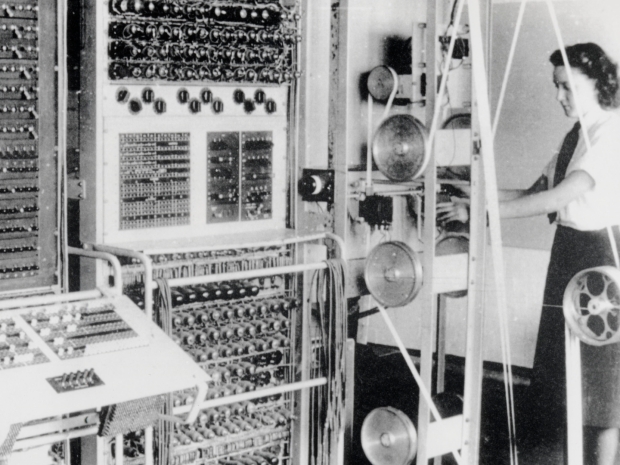Digital Realty Trust, one of the world’s biggest data centre landlords, applied in 2019 to build its latest facility in Nvidia’s backyard. Six years later, the 430,000-square-foot site remains an empty shell waiting for Silicon Valley Power, the city-owned utility, to plug it in. Stack Infrastructure, owned by Blue Owl Capital, is in the same boat as its nearby 48-megawatt complex, which is without juice.
The delays expose an awkward truth for the tech sector: the biggest bottleneck in the AI race isn’t chips or money, it’s electricity. Ageing grids, sluggish transmission expansion, and bureaucratic headaches are choking supply, even as demand for compute explodes.
CBRE Group executive vice president Bill Dougherty said: “The demand has never been higher, and it’s really a power-supply problem that we have.”
He noted that while megacentres for AI giants are sprouting up in cheaper states like Texas and New Mexico, smaller sites in Silicon Valley are crucial for clients that need ultra-low latency.
“They can’t bring it online because there are constraints on power,” he said.
Santa Clara has 57 active or under-construction data centres, but Silicon Valley Power admits it won’t finish a $450 million grid upgrade until 2028. Utility spokesperson Janine de la Vega said the work is “on schedule” to meet demand, but developers aren’t holding their breath.
Dominion Energy in Virginia and Berkshire Hathaway utilities in Oregon are facing similar grid delays. Digital Realty spokesperson Jordan Sadler said a three-year wait for power is now “generally consistent” across the US, with longer waits in high-demand areas. “In Santa Clara, if you find a site today and you’re searching for new power, you’d be many years out,” he said.
Even so, the firms are pushing ahead. Digital Realty vice president Crystal Delany said the company is “collaborating with SVP to obtain the remaining power needed to meet the building’s total critical IT load of 48 megawatts by the end of this year.” Stack’s 551,000-square-foot complex, approved in 2021, is also waiting for power through 2027.
Blue Owl Capital co-chief executive Marc Lipschultz defended the investments, claiming success depends on “what you did two years ago to position yourself with the right land and the right power.” Translation: whoever grabbed grid access early will win the AI land grab.
Microsoft boss Satya Nadella recently put it, “The biggest issue we are now having is not a compute glut, but the ability to get the builds done fast enough close to power.” If that fails, he warned, “you may actually have a bunch of chips sitting in inventory that I can’t plug in.”
The United States’ AI infrastructure boom is burning through electricity faster than the grid can grow. Data centres already chew up four per cent of US power, a figure that could hit 12 per cent by 2030, according to estimates. Morgan Stanley reckons the nation could face a 45-gigawatt shortfall by 2028. This is equivalent to the consumption of 33 million homes.
To keep the lights on, utilities are delaying coal plant closures and firing up new gas turbines. Georgia alone plans to add 10 gigawatts of gas capacity. Elon Musk’s xAI outfit and others have even begun importing used aircraft turbines to generate power on the fly.
Meanwhile, tech giants are dusting off old nuclear dreams. Amazon is pushing for small modular reactors, while Google is planning to restart a reactor in Iowa by 2029. The Trump administration has promised $80 billion for 10 new nuclear plants by 2030.

